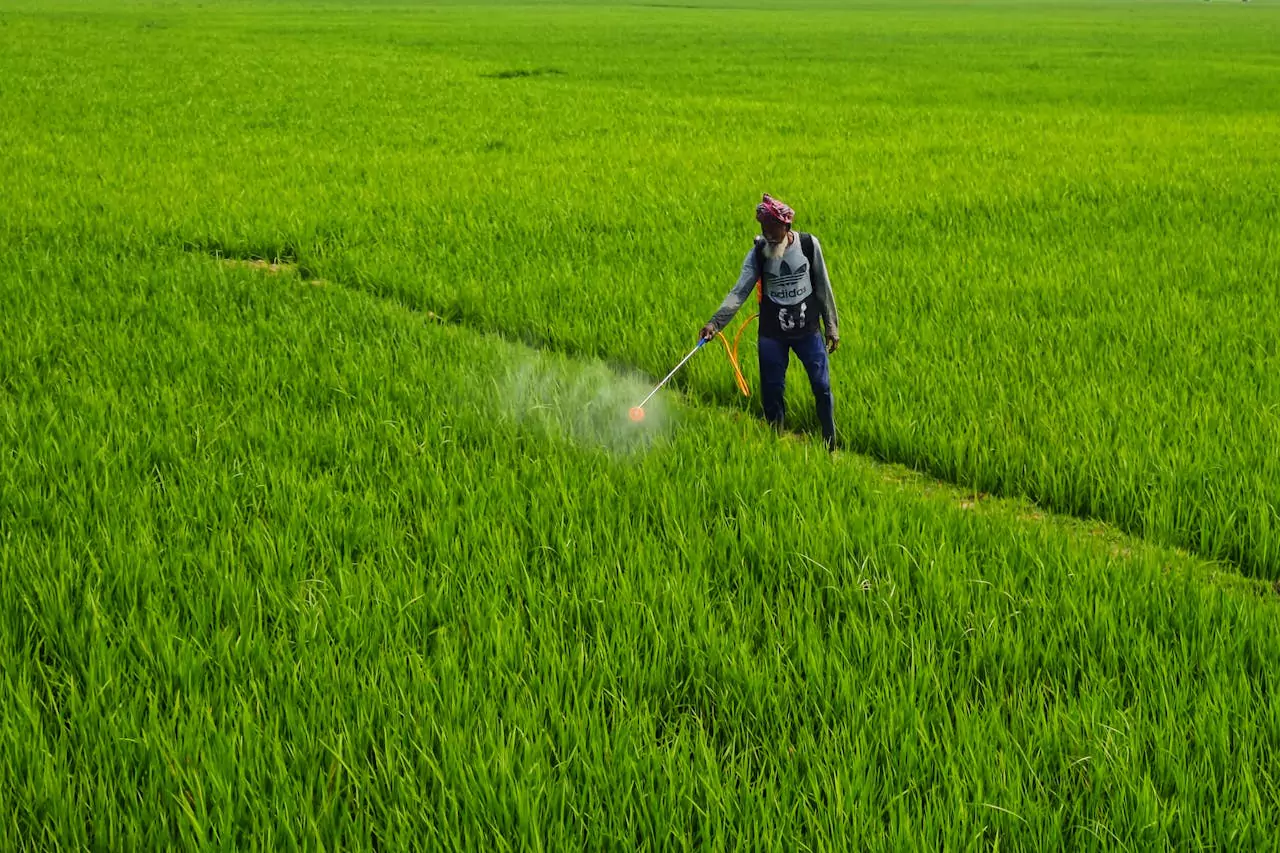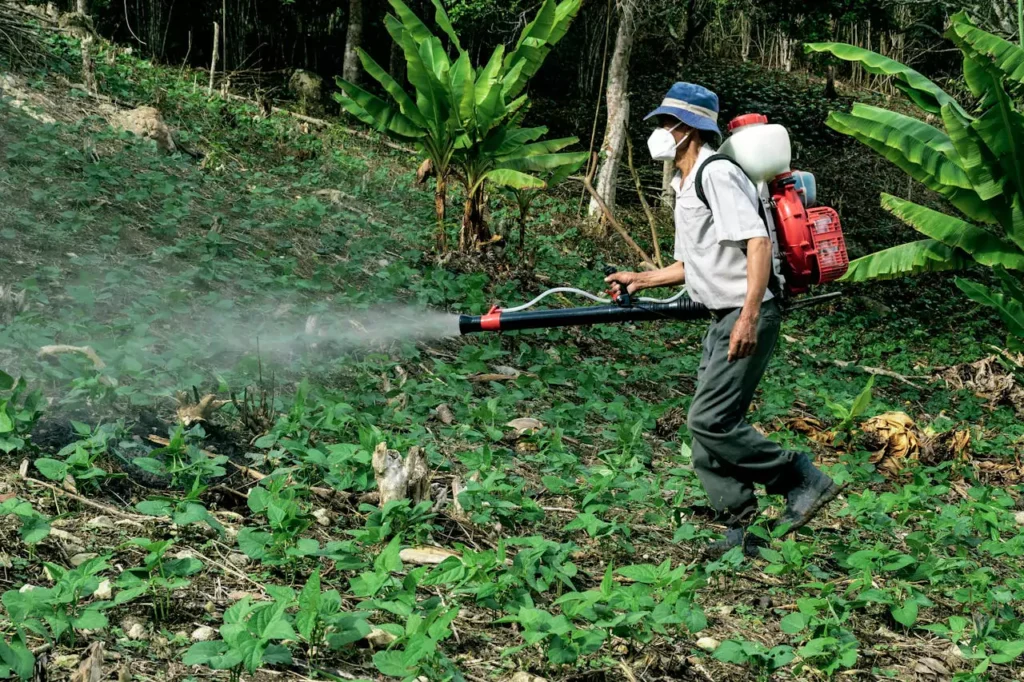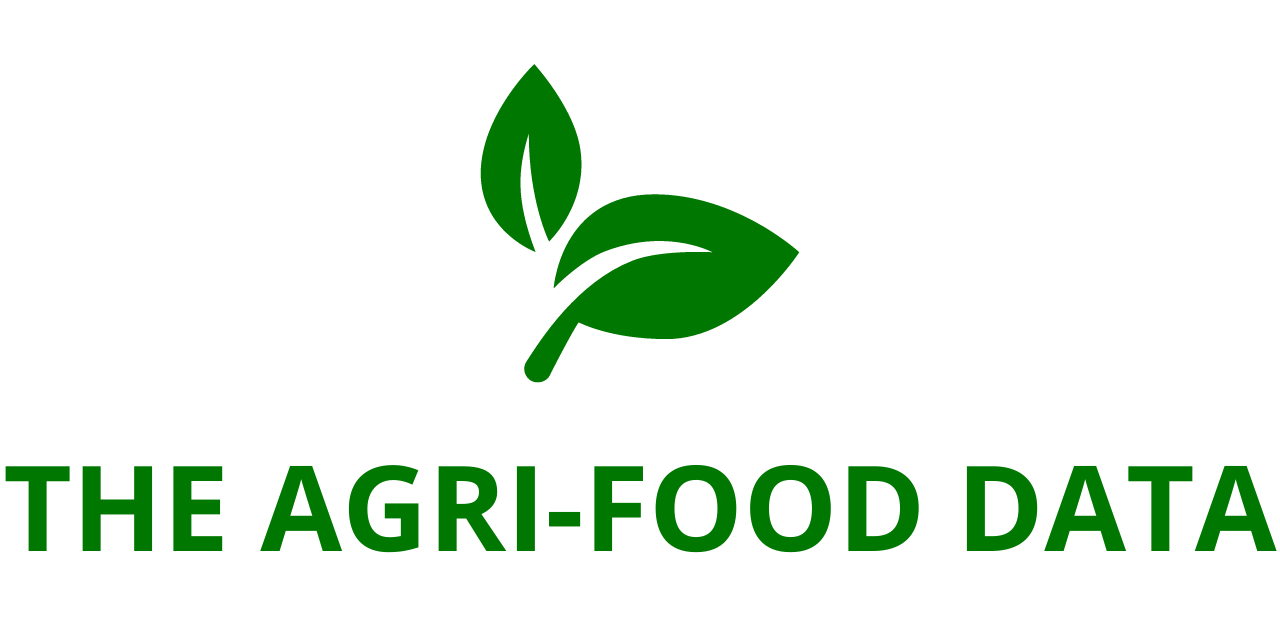
Global Pyridine Market Forecast 2025-2033 Growth in Food, Agrochemicals & Pharmaceuticals
The recently published report, “Pyridine Market Global Forecast Report by Type, Application, End Use, Countries, and Company Analysis 2025-2033,” has been added to ResearchAndMarkets.com’s portfolio. This comprehensive analysis outlines the expected growth of the pyridine market from US$ 706.14 million in 2024 to US$ 1.07 billion by 2033, marking a compound annual growth rate (CAGR) of 4.83% from 2025 to 2033.
The increasing utilization of pyridine in various industries, including food additives, agrochemicals, and pharmaceuticals, is a major contributor to its market expansion. Growing demand for efficient pesticides, antibiotics, and herbicides, along with advancements in chemical synthesis techniques and increasing industrial applications, are key growth drivers.
Key Market Drivers
1. Increasing Demand in Pharmaceuticals and Agrochemicals
One of the major reasons for the rising global demand for pyridine is its increasing use in pharmaceuticals and its function as a denaturant in antifreeze solutions. Pyridine derivatives are widely employed in the synthesis of agrochemicals, food additives, and numerous pesticides, herbicides, and insecticides. The market is being propelled by the increased focus on pest control and rising farmer awareness of the benefits of pyridine-based agrochemicals.
Additionally, the demand for pyridine is surging due to its essential role in pharmaceutical formulations. Pyridine is a key ingredient in the synthesis of analgesics, antiviral drugs, and anti-inflammatory medications. As the global population continues to grow and the need for high-quality pharmaceuticals increases, the pyridine market is expected to benefit significantly.
2. Growing Chemical and Pharmaceutical Industries Driving Synthetic Pyridine Demand
The pharmaceutical and chemical industries heavily rely on synthetic pyridine, further fueling market expansion. Pyridine serves as a fundamental component in producing vitamins (such as Vitamin B6) and essential pharmaceutical compounds. The increasing prevalence of chronic diseases and the need for advanced medical treatments have led to a steady rise in the demand for pyridine-based drugs.
In addition to its role in pharmaceuticals, pyridine is widely used as a solvent and reagent in organic synthesis processes. With the rising demand for high-performance chemicals and an increasing focus on agrochemical advancements, the consumption of synthetic pyridine is expected to see significant growth.
3. Expanding Use of Pyridine in Agrochemicals
Another key factor contributing to the growth of the pyridine market is its increasing application in the agrochemical sector. Pyridine and its derivatives are crucial in the formulation of various herbicides, fungicides, and insecticides, which protect crops from pests, diseases, and invasive weeds. These agrochemical products play a pivotal role in enhancing agricultural productivity.
Moreover, pyridine is widely used as a precursor in the synthesis of chemicals like picloram and paraquat, both of which are extensively employed in crop protection and sustainable agriculture. Given the growing concerns over global food security and the increasing emphasis on sustainable farming, the demand for pyridine-based agrochemicals is expected to surge in the coming years.
4. Rising Adoption of Pyridine as a Solvent in Chemical Applications
The increasing utilization of pyridine as a solvent in various chemical applications presents lucrative opportunities for market expansion. Pyridine is frequently employed as a weak base in reactions such as the synthesis of thionyl chloride (SOCl2) and p-toluenesulfonyl chloride (TsCl). During these reactions, pyridine absorbs hydrogen chloride (HCl) to form pyridinium hydrochloride, making it a highly efficient solvent in chemical processes.
Owing to its unique properties, pyridine is used in nucleophilic substitution reactions and chlorination reactions, making it an indispensable solvent in the chemical industry. As industries continue to expand their use of specialty chemicals, pharmaceuticals, and agrochemicals, the demand for pyridine as a chemical reagent and solvent is projected to rise significantly.

Market Constraints and Challenges
Despite its promising growth prospects, the pyridine market is expected to face some challenges. Stringent government regulations concerning pyridine use and the health hazards associated with pyridine toxicity may hinder market expansion. Due to its toxic and flammable nature, pyridine exposure poses health risks, including skin irritation, respiratory issues, and potential carcinogenic effects.
However, ongoing research and development (R&D) initiatives aimed at minimizing pyridine toxicity and improving its safety profile are expected to create new opportunities. Increased investment in green chemistry and sustainable pyridine production may also help the market overcome regulatory obstacles and drive future growth.
Regional Market Overview
1. North America
North America is a major market for pyridine, driven by its extensive use in agrochemicals, pharmaceuticals, and specialty chemicals. The region’s strong presence of chemical manufacturers and stringent agricultural regulations promoting the use of advanced agrochemicals are key growth factors.
2. Europe
Europe is witnessing steady demand for pyridine, particularly in pharmaceutical and industrial applications. The increasing focus on eco-friendly agrochemicals and stringent European Union (EU) regulations on pesticide formulations are shaping the market dynamics.
3. Asia-Pacific
Asia-Pacific dominates the global pyridine market due to the rapid expansion of the chemical and pharmaceutical industries in countries like China, India, and Japan. The region’s booming agriculture sector, coupled with rising government support for modern farming techniques, further drives pyridine consumption.
4. Rest of the World
Other regions, including Latin America, the Middle East, and Africa, are expected to witness moderate growth in pyridine demand. While these regions are still developing their chemical industries, growing agricultural activities and increasing pharmaceutical needs are likely to boost pyridine market expansion.
Key Market Players and Competitive Landscape
Several leading companies dominate the pyridine market, focusing on strategic collaborations, product innovations, and regional expansions to strengthen their market positions.
Key players include:
- Jubilant Life Sciences Ltd.
- Lonza Group Ltd.
- Resonance Specialties Limited
- Shandong Luba Chemical Co., Ltd.
- Koei Chemical Company, Limited
- Nippon Steel & Sumikin Chemical Co., Ltd.
- Barentz International B.V.
- Novasyn Organics Pvt. Ltd.
These companies are actively investing in R&D initiatives to develop eco-friendly and high-purity pyridine variants. Strategic mergers, acquisitions, and partnerships are also being explored to enhance production capabilities and expand global footprints.





